I've been a convert to curved monitors for the better part of a decade, and I won't go back. For me, they're easier to use as I don't have to squint to read the furthest edges on my preferred ultrawide aspect ratio, and are comforting with the implied circle from their curvature. They do have some unique characteristics due to their curve that could be the deciding factor, but they're ones that you won't find on any specifications sheet.
I'm going to skip the things you could figure out on your own, like how the included stands take up more of your desk because of the curve changing the center of balance, and also that monitor arms often need to be uprated for the same reason. Or how they slightly distort lines or features in photo editing or CAD apps, making them unsuitable for some types of creative fields.
That complicates things when you're looking for the best monitor for your needs and considering a curved monitor over a traditional flat panel, but you can draw on my years of experience and expertise to fill in the blanks. I've used dozens over the years, and my current setup consists of two 34-inch curved ultrawide monitors side by side. One of the items on this list becomes apparent only after long-term use, while the rest might seem like common sense.
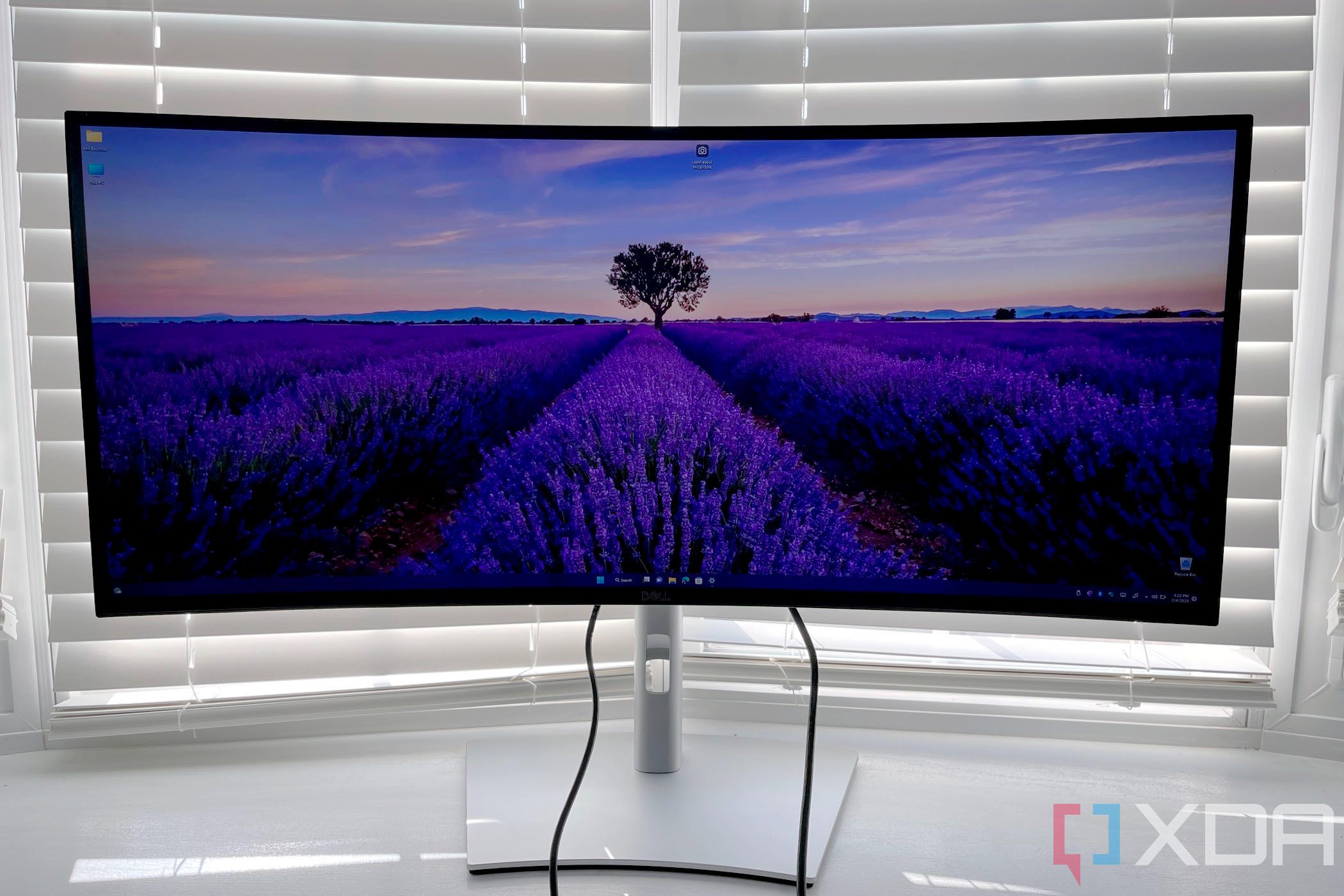
Related
Dell UltraSharp 34 Curved USB-C Hub Monitor (U3423WE) review: The best for the most productivity
The Dell UltraSharp 34 Curved USB-C Hub (U3423WE) is an excellent ultrawide monitor that can do almost anything. Almost.
4 You need to be more careful with them
Curve plus weight distribution equals easier breakage

The first thing anyone does when a new monitor arrives is to put it on its included stand, or maybe on a monitor arm if that's your preference. That's easily done with a flat monitor, as you can place it flat on the couch or even on your desk and fasten it to the mount. With a curved monitor, it's less simple because the weight of the monitor can break the panel if you're not careful, and this issue becomes more pronounced the larger the monitor is.
The first curved ultrawide I used is the broken one in the image above, and I didn't exactly give it rough treatment while putting the stand on. I didn't even let go of it while setting it down on the desk, and still, the side of the panel cracked. That was a 34-inch curved ultrawide, but anything larger or with a higher than 1800R curve makes the problem even trickier to navigate. I've several friends with 39- or 49-inch Samsung monitors that cracked in transit, or when the panel was first removed from the box, and it's a widespread issue among the enthusiast communities I'm active in.
Interestingly, it's less of an issue on newer curved OLED monitors, even if they're thinner, as they utilize metal enclosures that provide much-needed rigidity. Still, it's advisable to place the stand on while the monitor is still in the Styrofoam packing protection before lifting it out, and be careful when holding the panel, as they're heavy and easily damaged.
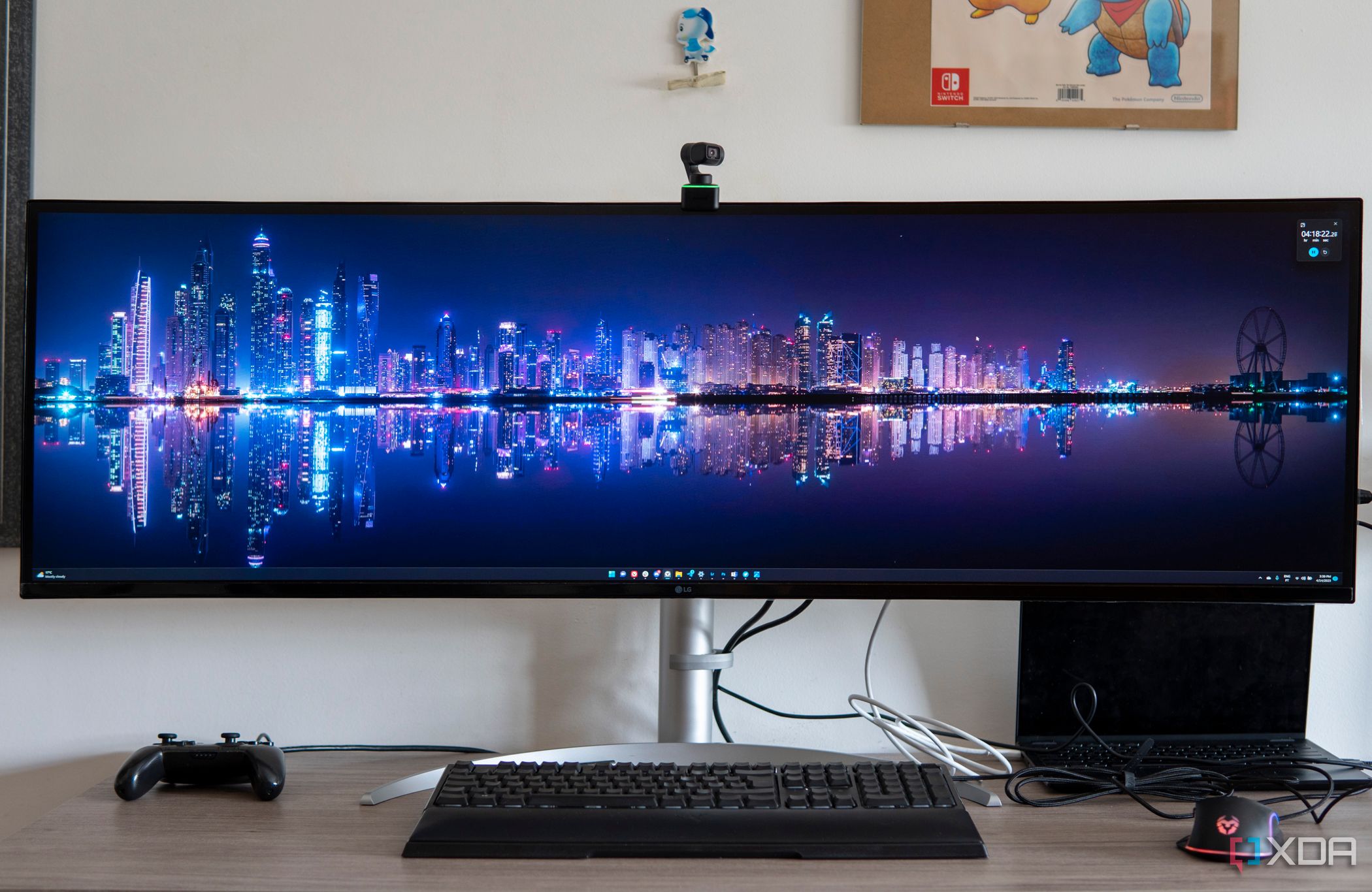
Related
Best curved monitors in 2024
A curved screen can improve immersion, and there's an option for everyone.
3 It'll be weird when you go back to a flat screen
The brain is wonderful at adapting, but what happens after
Like all things new, there's an adjustment period when you first start using a curved monitor, but after a while, your brain gets used to the shape and sees it as how it's always been. This is how our brains work; they're adaptable to what they see all the time and filter out any input that could be perceived as noise. You might expect that to happen even if you've never used a curved panel, but I bet nobody has told you what happens when you go back to using a flat one afterward.
Well, your brain tries to do the same process in reverse, and it feels like the edges of the flat monitor are curving away from you. It's the weirdest feeling, knowing that something is completely flat, but your brain is screaming at you that it isn't and is bending. I've only noticed it happening when I'm at the same distance from the screen as I usually sit, and it doesn't affect smartphones or gaming handheld-sized screens. However, it's a fun reminder that our perception of reality is easily skewed.
2 The degree of curve matters more than you think
The radius of the curve makes things more immersive
There's no disputing that curved monitors enhance immersion when playing games. Still, exactly how much depends on the curvature, measured in R. If you extended your screen into a perfect circle, the R number is the radius of the circle in millimeters. Lower numbers indicate a more aggressively curved screen, with some gaming monitors offering 800R or 1000R curvature, while most ultrawide or productivity monitors opt for 1500R or 1800R curvature.
Some monitors, like the Corsair Xeneon Flex, use a flexible OLED panel, and you can bend it to the curvature that suits you, anywhere between flat and 800R. You could even opt to bend one side of the screen, if that suits your usage best. With a 45-inch, 21:9 aspect ratio panel, an 800R curve is going to be fantastic for sim racing, and being able to push it back to flat means you can take advantage of the OLED color accuracy when creating artwork or editing videos.
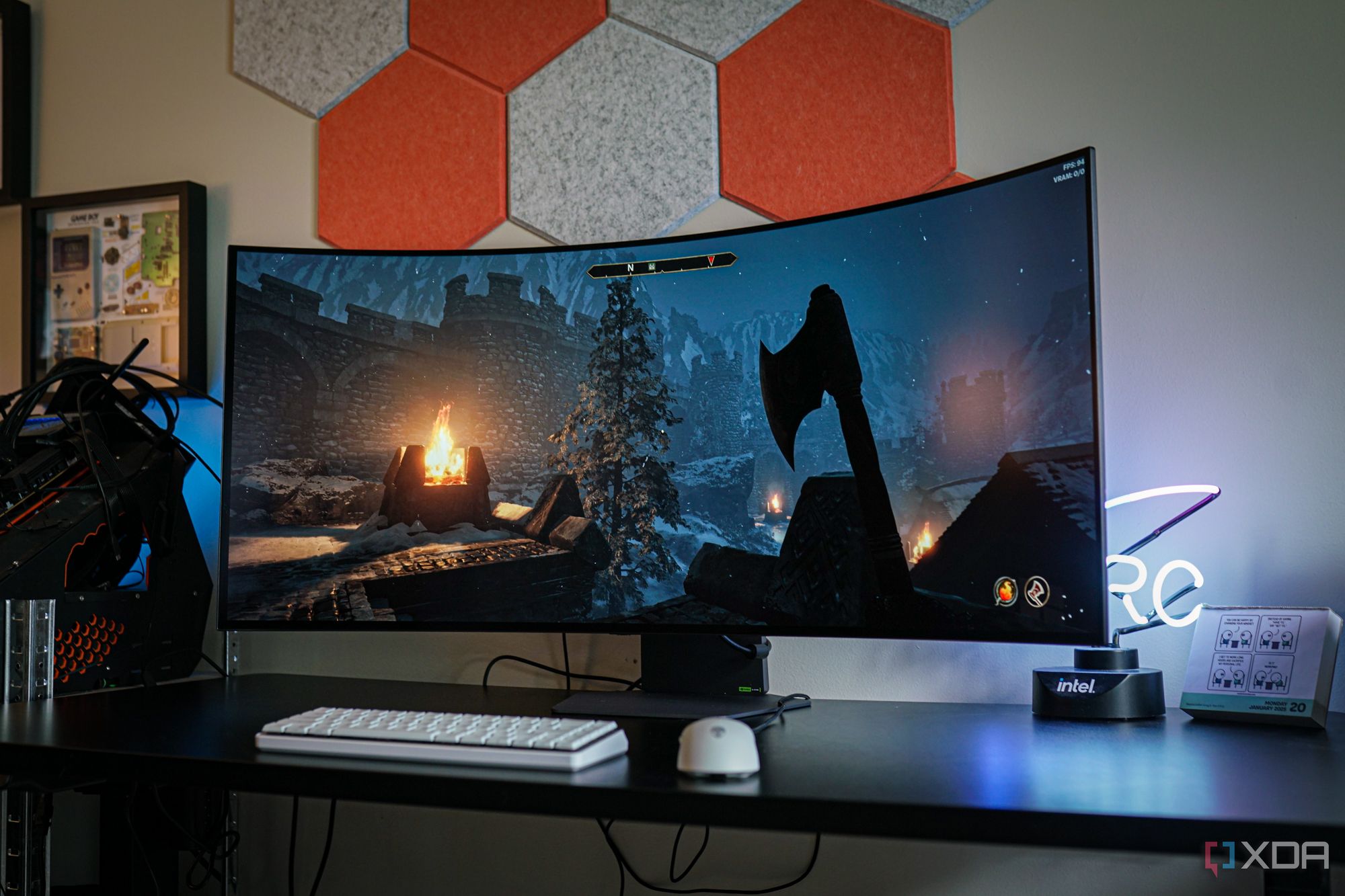
Related
LG's 5K2K OLED is the most ridiculous monitor I've ever used — I love it
LG's UltraGear 5K2K display isn't for everyone, but it's still incredible.
1 They can reduce headaches and eye strain
Less glare and a more natural field of view without distortion are key
I'll preface this by saying that not every person will be positively affected by curved monitors, and symptoms and intensity can vary widely between individual users. For me, a combination of curved ultrawide monitors and slightly magnifying blue-light-blocking glasses has significantly reduced my headaches and eye strain. Some of that is because I don't have to look up and down as the ultrawides aren't as tall as similarly sized 16:9 monitors, so I can swivel my chair or neck to read anything I need. And the glasses help with my eyes not drying out, and I know the slight tint helps with the headaches I get from bright lights.
Again, every person is different, but what remains the same is how our eyes work. Our eyes are curved, so is our field of vision, and using a similarly curved panel can take advantage of nature. A study by Harvard Medical School has compared curved and flat monitors, and while the curved screen didn't significantly affect vision during strenuous tasks, it did reduce blurred vision, headaches, and other annoyances after the task was completed. That's a big win for eye health, especially if you spend all day working on your computer.
Curved monitors have some unique qualities that the specs sheet won't tell you
I've used plenty of monitors over the years, from bulky CRTs to the latest OLEDs, and they've all come with pros and cons. Most of the dealbreakers for me were also things that the specs sheet couldn't tell me, like how much noise the power supply makes, if there's flicker, or other annoyances. Curved monitors are the same; what works for one person might not for another, but these are all things the specs sheet won't tell you, but help you make a better decision on what to purchase.
.png)
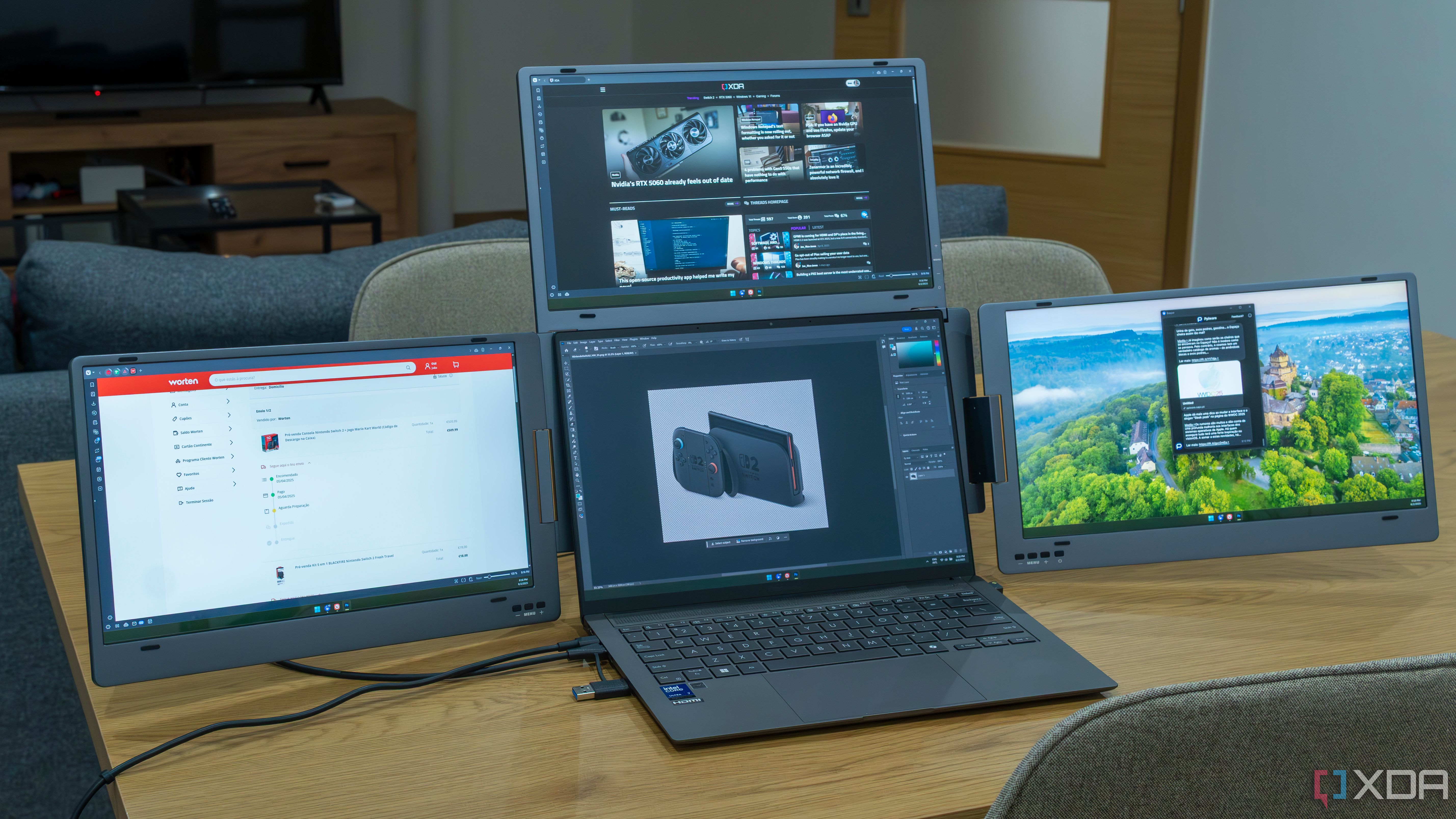
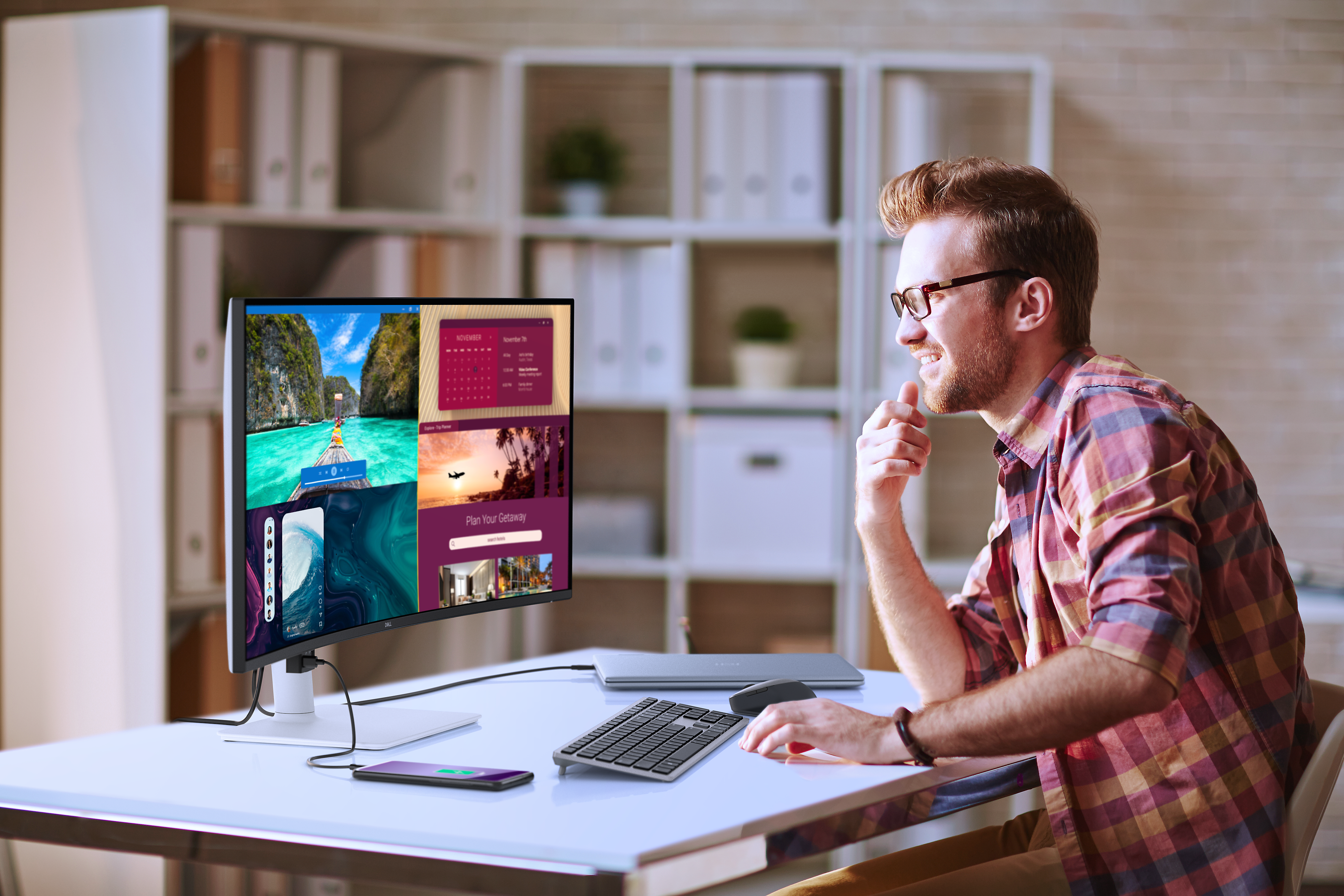
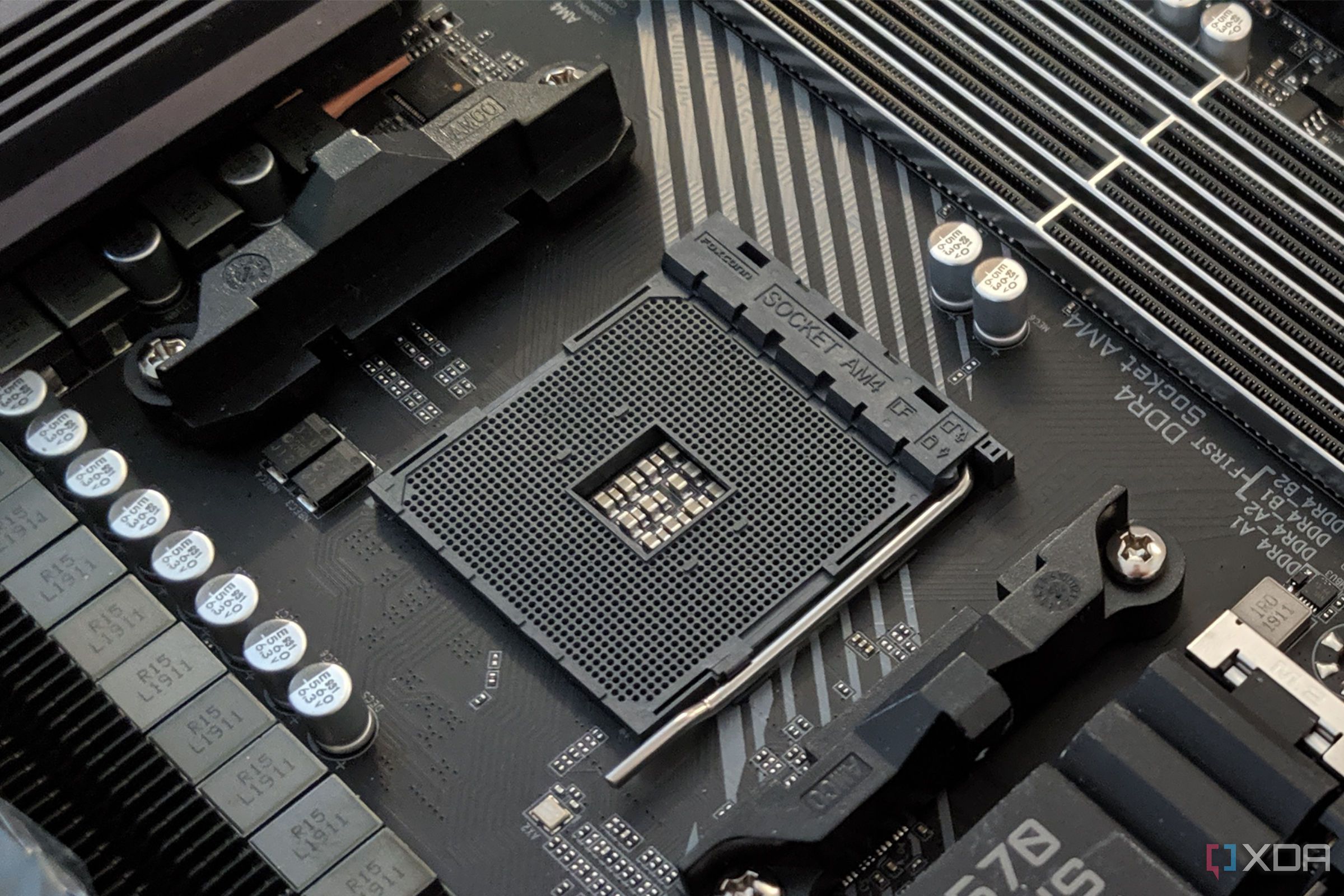










 English (US) ·
English (US) ·